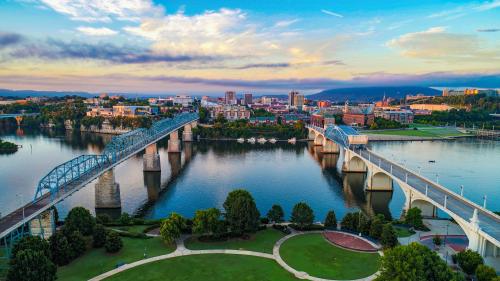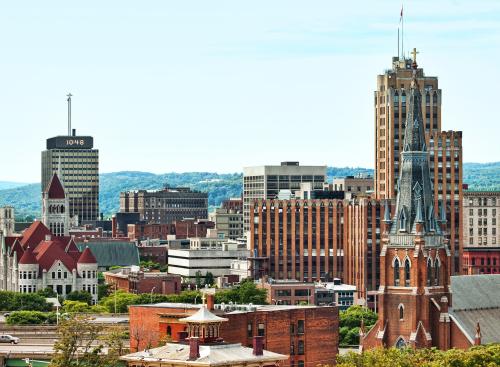At 6 p.m. on Aug. 1, 2007, two girls in the Minneapolis suburbs helped their father with dinner and waited for their mother to return from work. She never got home, and neither did the 12 others who died in the collapse of the I-35W Bridge that day. In the aftermath, political leaders vowed that a tragedy like this, which also injured more than 100 people, would never happen again. America had awakened to the pressing need to fix our crumbling transportation infrastructure.
One year later, the city of Minneapolis has recovered, the new bridge is nearing completion, but the calls for reinvestment in transportation infrastructure have not been heeded. We find it inexcusable that federal leaders have not stepped up to prevent another tragedy. Our transportation system – and policies – remain fundamentally broken. Finding the money for the needed reinvestment won’t be easy, but we could start by focusing on getting better results for the money we already spend.
The United States now spends $48 billion a year on transportation, making this the largest federal discretionary spending program. Yet the federal government still classifies 72,000 U.S. bridges as structurally deficient. Only one-third of roads in urban areas are in good condition. Our rail transit infrastructure, accelerating in importance due to rising gas prices and climate concerns, is reaching the end of its useful life. And as Chicagoans know firsthand, we have no good way to handle the 2 billion tons of freight traffic that flows—or tries to flow—through an overburdened freight rail system each year.
Our transportation system is struggling with its most basic task of getting people and goods from place to place safely and efficiently. Congestion in our metropolitan areas, where most Americans live, work and shop, costs $78.2 billion a year.
Soon Congress will take up the next federal transportation reauthorization bill. We need to start buying solutions with our transportation dollars, not just blindly repeating the process that created our problems. Solutions require an entirely new transportation strategy.
The federal government needs to set and fund national priorities, especially those that transcend state borders. The states should shoulder responsibility for preserving and maintaining the interstates and retain their primary role in most decision-making. And major metropolitan areas like Chicago and Minneapolis should have more direct funding and project authority. Meanwhile, the whole system needs a big shot of accountability and transparency.
As outlined by the Metropolitan Policy Program at Brookings Institution, the federal government needs a commission to systematically identify, map and prioritize the nation-shaping projects that require federal investment, breaking radically from our current practices. These projects could include making our large port and trade corridors more competitive, unclogging major freight arteries, and implementing a true passenger rail system between key economic centers. To fund these identified projects, the United States needs a national infrastructure bank.
In turn, the federal government should empower metro areas to set and implement their own transportation priorities. They should double the proportion of funding that currently goes directly to metro areas while increasing the flexibility of those funds so they can be used according to local priorities, whether that’s an expanded transit system, new roads, or needed bridge repairs. Chicago has different needs than Denver or Atlanta – and each place should be able to spend its transportation allocation as it sees fit.
With federal money should also come performance targets and reporting requirements on congestion reduction, safety, air quality and maintenance. If states don’t want to comply, they should be able to opt out, minus the cash of course. States that honestly believe they can do it better should have that choice, and with any luck they can teach the feds, other states and metropolitan areas how to improve.
We can’t say for sure that any of these changes, if they’d been in place a year ago, would have kept the 35W Bridge from collapsing. But we do know that a system that focuses on accountability, performance and priorities would be a safer, smarter system than the one we have now. It shouldn’t take another bridge collapse or other disaster to teach us that, for $48 billion a year, we can do better.
The Brookings Institution is committed to quality, independence, and impact.
We are supported by a diverse array of funders. In line with our values and policies, each Brookings publication represents the sole views of its author(s).


Commentary
Op-edOur Bridge is Fixed; The Problem is Not
July 31, 2008